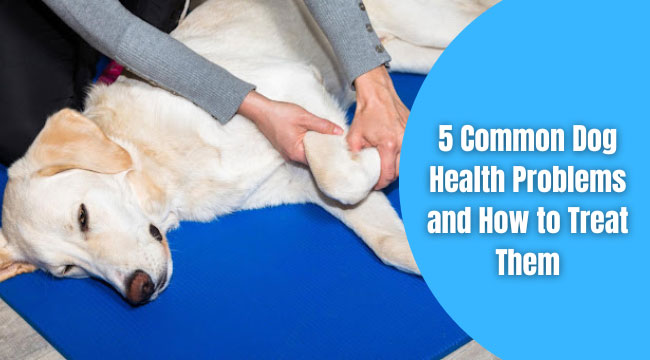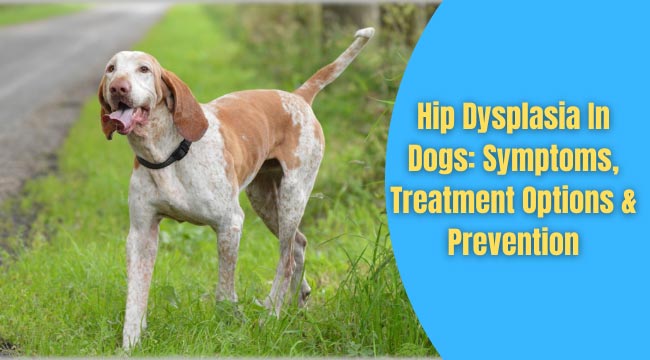
Allergies in dogs can be a frustrating and distressing condition for both pets and their owners. Allergies can manifest through itchy skin, digestive issues, respiratory problems, and more. Identifying the cause and managing your dog’s allergies requires patience and a proactive approach. Here are ten practical tips to help you control your dog’s allergies and ensure their comfort and well-being.
1. Identify the Allergen
The first step in managing your dog’s allergies is to identify the allergen causing the reaction. Allergens can be found in food, the environment, or through contact with certain substances. Common allergens include pollen, dust mites, mold, certain proteins in food, and flea saliva. Work with your veterinarian to conduct allergy tests and pinpoint the specific trigger.
2. Provide a Hypoallergenic Diet
Food allergies are common in dogs, and switching to a hypoallergenic diet can make a significant difference. Hypoallergenic diets often involve limited ingredient foods or novel protein sources that your dog hasn’t been exposed to before, such as venison or duck. Look for high-quality, grain-free options and avoid common allergens like beef, chicken, dairy, and wheat. Consult your vet for the best dietary plan for your dog.
3. Use Air Purifiers
Environmental allergens like pollen, dust, and mold can trigger allergic reactions in dogs. Using air purifiers in your home can help reduce these airborne allergens. Place purifiers in areas where your dog spends the most time, and ensure you clean and replace the filters regularly to maintain their effectiveness.
4. Regular Bathing and Grooming
Regular bathing can help remove allergens from your dog’s coat and skin. Use hypoallergenic, soothing shampoos designed for dogs with sensitive skin. Oatmeal-based or medicated shampoos can help relieve itching and inflammation. Additionally, regular grooming, including brushing and trimming, helps reduce the accumulation of allergens in your dog’s fur.
5. Keep Your Home Clean
Maintaining a clean home is crucial in managing your dog’s allergies. Vacuum frequently using a vacuum cleaner with a HEPA filter to trap allergens. Wash your dog’s bedding, toys, and other items regularly in hot water to eliminate dust mites and other allergens. Consider using allergen-proof covers on your dog’s bed and other furniture.
6. Use Flea Prevention
Flea allergies are common in dogs and can cause severe itching and discomfort. Prevent flea infestations by using regular flea prevention treatments recommended by your veterinarian. This could include topical treatments, oral medications, or flea collars. Keep your home and yard clean to reduce the risk of flea infestations.
7. Provide Omega-3 Fatty Acids
Omega-3 fatty acids have anti-inflammatory properties that can help alleviate allergy symptoms in dogs. Adding a high-quality fish oil supplement to your dog’s diet can improve skin health and reduce itching and inflammation. Consult your vet for the appropriate dosage and product for your dog.
8. Administer Allergy Medications
In some cases, allergy medications may be necessary to manage your dog’s symptoms. Antihistamines, corticosteroids, or immunotherapy (allergy shots) can help control severe allergic reactions. Always consult your veterinarian before administering any medication to ensure it’s safe and appropriate for your dog.
9. Avoid Contact with Known Allergens
Once you’ve identified your dog’s specific allergens, take steps to minimize their exposure. For example, if your dog is allergic to pollen, limit outdoor activities during peak pollen seasons and rinse your dog’s paws and coat after outdoor walks. If dust mites are the culprit, keep your dog out of carpeted areas and clean their bedding frequently.
10. Regular Veterinary Check-Ups
Regular check-ups with your veterinarian are essential for monitoring your dog’s allergies and overall health. Your vet can provide ongoing advice, adjust treatments as needed, and catch any potential complications early. Don’t hesitate to reach out to your vet if you notice any changes in your dog’s symptoms or if their allergies seem to worsen.
Conclusion
Managing your dog’s allergies requires a multifaceted approach and a commitment to their well-being. By identifying the allergens, maintaining a clean environment, providing a suitable diet, and using appropriate treatments and preventive measures, you can significantly improve your dog’s quality of life. Always work closely with your veterinarian to ensure your dog receives the best possible care and support in managing their allergies. With the right approach, you can help your furry friend lead a comfortable and happy life despite their allergies.




Great tips, Thanks for sharing